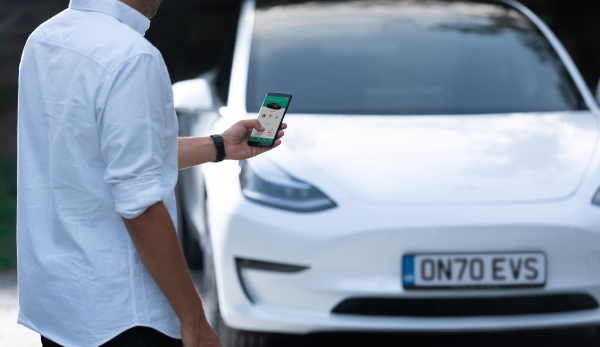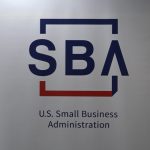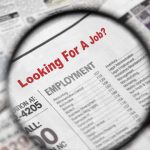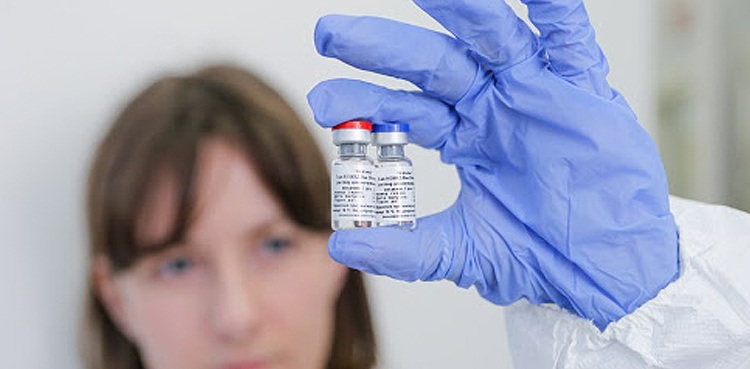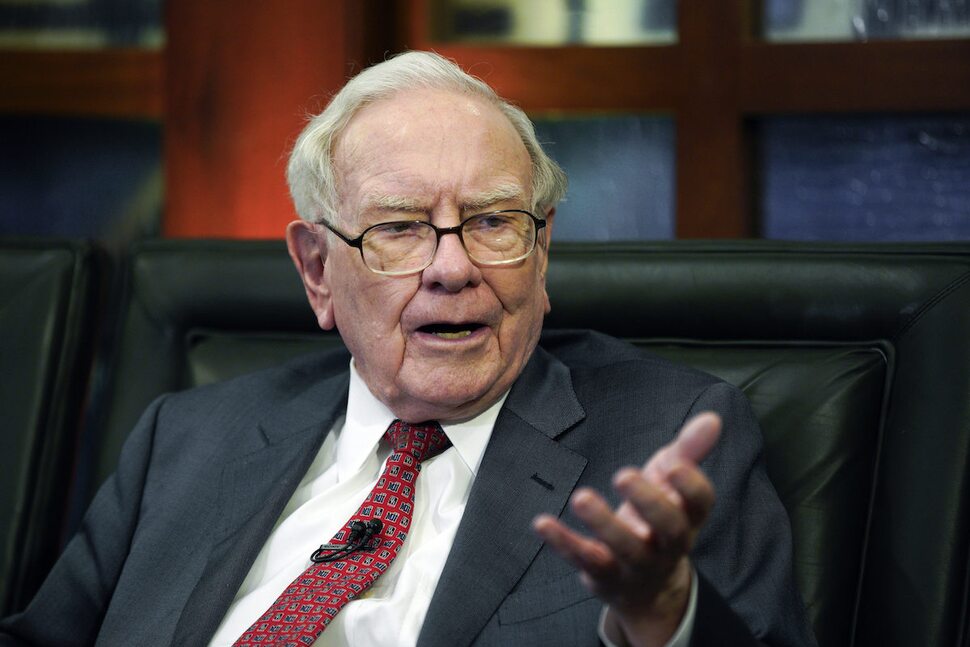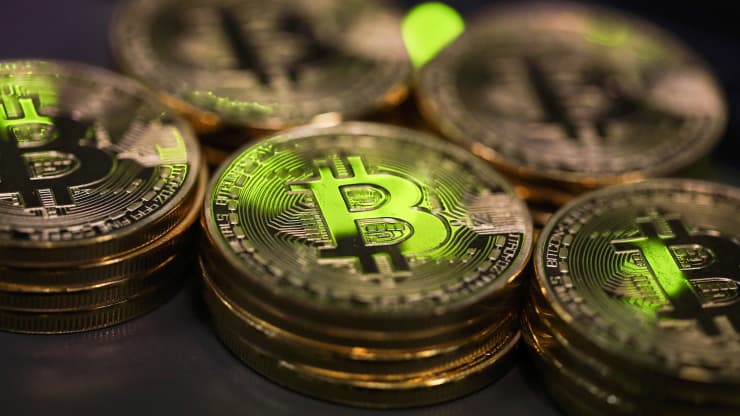Tesla’s primary resource of earnings is from sales of electrical lorries. Its most current quarterly revenues record exposed development in its power storage space company and solar organization.
According to Tesla CEO Elon Musk, the need image for the department will certainly come to be much more warm if it can access adequate chips to power its power storage space items.
Tesla reported Monday $801 million in income from its Energy Generation and Storage company. In spite of being tiny, this department is still marketing even more solar and power storage space. Tesla does not seperate solar and power storage space income.
Notably, the expense to produce income from its solar and power storage space companies was $781 million. This implies that the complete price of manufacturing and circulation of these power storage space items was for the novice less than the earnings created. This is great information.
Tesla included 1,274 megawatt hours of power storage space to its 2nd quarter in 2021, which was a 205% boost over the previous year. The quantity of solar power made use of in the 2nd quarter was 85 MWh. Side note: Tesla’s overall power storage space and solar implementations were level in Q2 2019, contrasted to Q2 2020.
Tesla created $369 million from storage space and solar in 2019, a total amount of $369 million. This quarter saw Tesla bring in even more than two times the income it did throughout the exact same quarters in 2019 and 2020.
Tesla no much longer enables clients without solar setups to buy Powerwall. Tesla asserts that the initial distribution will certainly take area in 2023 in some states.
Tesla’s power storage space company encounters headwinds. Musk specified that both the Megapack in addition to the Powerwall remain in high need which there is an expanding stockpile. He specified that the firm can not fulfill this need because of an international chip scarcity.
Tesla utilizes the exact same chips for its Powerwall and its vehicles, and Musk specified that automobiles are concern when supply is limited.
Musk stated throughout a revenues telephone call that there is an opportunity of getting to an annualized price following year of one million Powerwall devices. As the globe relocates in the direction of lasting power manufacturing, solar power and wind will certainly be periodic and consequently call for battery packs to make sure a consistent supply of power. This is why there are so lots of back-up batteries required when you think about all of the energies around the world.
Musk specified that Tesla and its vendors would certainly have to create in between 1,000 and 2,000 gigawatt-hours each year to satisfy power storage space need. Musk specified that the firm had actually asked its cell distributors for a double-digit boost in their supply by 2022. Musk specified that the business’s existing technique is overshooting cell supply and transmitting it in an outward direction to its power storage space items.
While much of the battery cell conversation concentrated on its 4680 cell that remains in advancement, Musk likewise discussed Tesla’s purposes to power several of its items with more affordable lithium-iron-phosphate (LFP) batteries. Especially, he claimed there’s a great chance that all fixed storage space might transfer to iron-based batteries and far from nickel-manganese-cobalt (NMC) and nickel-cobalt-aluminum batteries.
Musk talked out regarding Tesla’s strategies, stating that he thinks there will certainly be a change. There’s a whole lot much less nickel, and a whole lot much less cobalt.
For its long-range electrical cars, the continuing to be 3rd of nickel-based batteries will certainly be utilized. All various other EVs will certainly additionally be transformed to LFP batteries. This is currently the instance for its automobiles made in China.
Tesla reported Monday $801 million in earnings from its Energy Generation and Storage company. Tesla does not seperate solar and power storage space earnings.
Side note: Tesla’s overall power storage space and solar releases were level in Q2 2019, contrasted to Q2 2020. Tesla’s power storage space company encounters headwinds. Musk specified that Tesla and its distributors would certainly have to create in between 1,000 and 2,000 gigawatt-hours each year to satisfy power storage space need.
